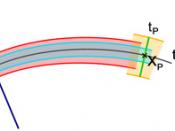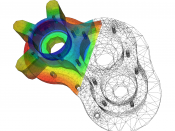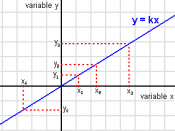1.) Each assumption leads to different aspects of the battle to achieve higher arms. Assumption A wants to increase the level of arms to a proportion of the arms level of the other country. To do this, you want to take the rate of growth of the other country and multiply this by a proportional constant. The opposite country does the same due to them wanting to keep pace with their opposing foe. Assumption B wants to decrease its level of arms to go along with national spending issues. This is done in the same way respective to their specific needs. You must use a new proportional constant to go with the budgetary rate of depletion. Assumption C is a little different because in this assumption, you're not taking a rate of increase or decrease, you're simply adding or subtracting your level of arms to the country's desires.
These all lead to a First-OrderDifference equation because none of the rates are taken times themselves due to the country's reactions being don only one time. First-Order means nothing is squared, cubed, etc., and a difference equation adds or subtracts certain levels of need.
2.) DX(n) = b1 Y(n-1) - a1 X(n-1) + c DY(n) = b2 X(n-1) - a2 Y(n-1) + d Use these equations to represent the change in billions of dollars spent on national arms where 1ã n ã10 and a1 a2 b1 b2 c d X(0) Y(0) a) .4 .4 0 0 .7 3.0 6.0 2.0 b) 1.0 1.0 .5 1.0 1.0 -1.0 20.0 10.0 4.) The graph of 4 will be similar to 2b with the only difference being that because d is positive, the slope between Y(1), Y(2), Y(3), â¦Y(n) will alternate just as X(1), X(2), ⦠X(n). The significance of c, d is that they will determine how far the two points (s.a. X(1)





